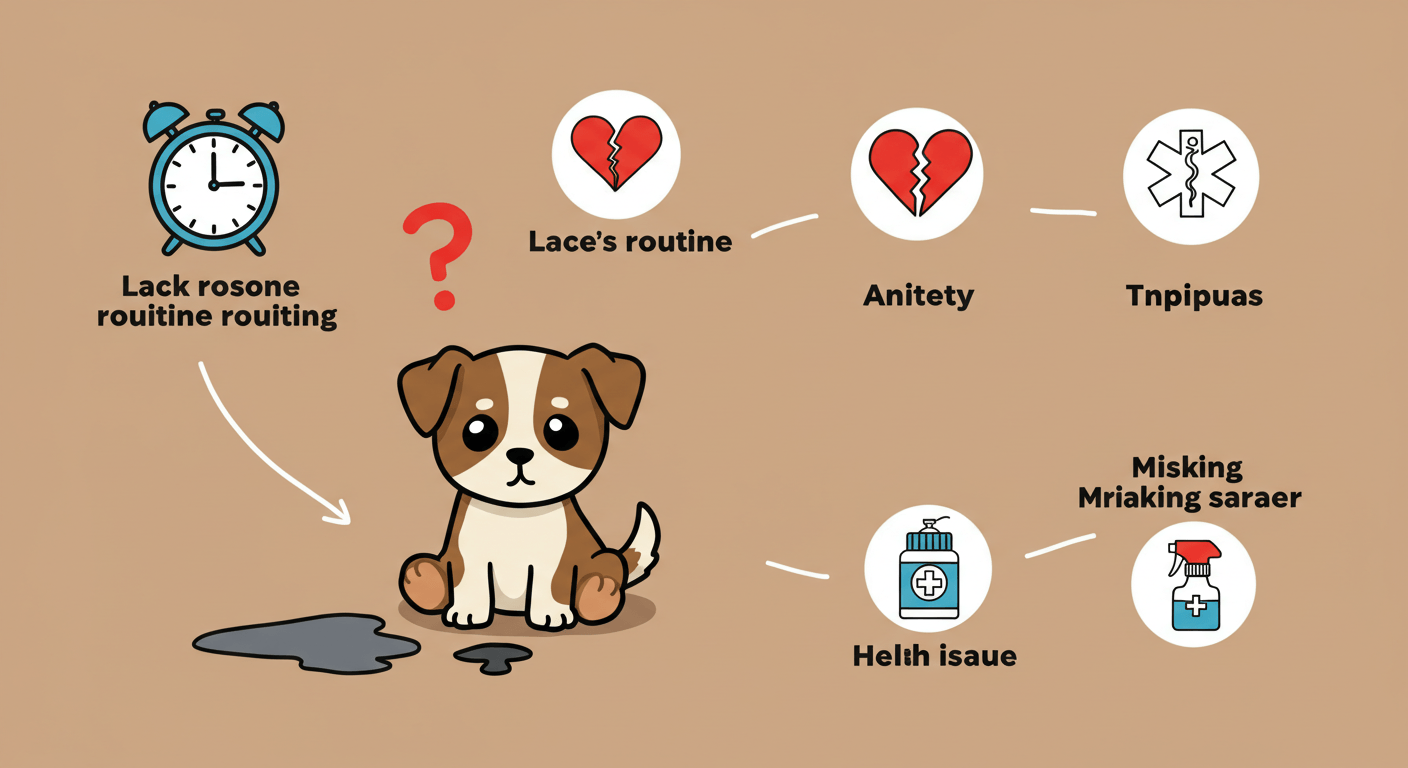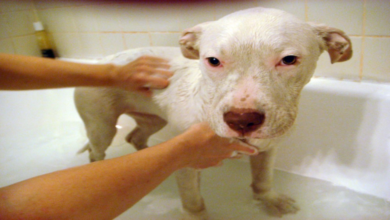4 things to know about pet insurance coverage
Here's what you should know about insurance coverage for your pet.

Pet insurance can help ensure that pets receive the proper care they need. But when owners buy policies for their pets, it’s very important that they understand how their policies are supposed to work, so they know what’s covered and what’s not, and also what expenses they’re likely to incur.
But before you go to the article join our telegram channel and stay up to date with everything about the world of pets, like care, curiosities and more. Click here!
There are 4 great things every pet owner should know.
The franchise
Insurance policies for pets usually have a deductible. This is the amount an owner must pay out of pocket for veterinary care before their benefits are covered. And depending on the policy, that deductible can range from $100 to $500, although it is quite possible to purchase plans with the lowest or highest deductibles.
Pet owners need to be sure they can afford the deductible so they can pay their share of the care their animals may require. It might be a great idea to keep the required amount in a bank account.
Owners will also need to see if the deductible is per year or per incident. If it is random, they should then receive the money every time their pet benefits from the services of a particular veterinarian.
Exclusions from coverage
Pet insurance cannot cover all types of veterinary care. Routine healthcare is also typically not covered under a standard-type policy unless the pet owner purchases additional coverage that is optional for routine medical services such as examinations and vaccinations. All pet insurance policies must also exclude pre-existing medical conditions that an animal is diagnosed with prior to purchasing insurance.
Various pet insurance policies also cover different types of genetic or inherited defects and pet owners do not need to be aware of these types of things they do not pay for under their plans.
Coinsurance costs
It is quite common for pet insurance policies to require pet owners to cover the cost of coinsurance. For example, the insurance company may even agree to cover 80% or 90% of the cost of care, leaving the owner responsible for the remaining 10% or 20% of the vet’s bills.
The costs that are higher than coinsurance are at the owner’s expense with more potential costs in some situations where their pet gets sick. But policies with coinsurance costs that are lower generally have some higher premiums.
Owners must balance whether to pay more upfront to avoid the risk of higher bills later, or pay the lowest premiums, but potentially have more responsibility for vet bills when an animal is sick or otherwise injured.
Policy limits
In conclusion, pet owners should really make sure they know the limits of their coverage very well. It is quite common for pet insurance policies to have some yearly limits on the amount of care the plan will pay for. For example, the insurance company may offer you coverage of up to $15,000 for year-round care and even more.
However, not all policies have these limits, those that allow owners to pay leave out expensive treatments.
So anyone who wants to ensure that their pet is indeed getting the absolute best care should then consider paying the higher premiums for much higher policy limits or saving up for excessive care costs.
By understanding these 4 key details about pet insurance, pet owners can ensure they have the coverage they need to provide their little friends with the best veterinary services as soon as something goes wrong.
Hope you enjoyed our article, explore our website and see all about pets here at student pets…










